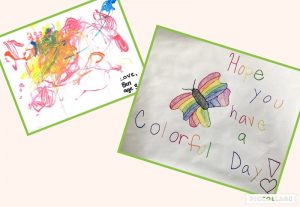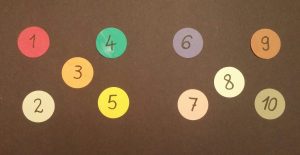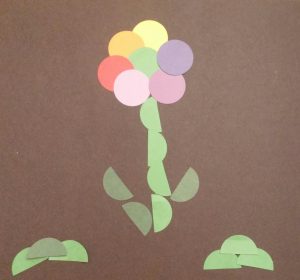1. Maximize love, Manage stress |
Children are trying to understand what is happening and why they are suddenly isolated from their friends, extended family and regular routines.
Children can be particularly vulnerable to feelings of anxiety, stress and sadness during such a crisis, which makes it important that the adults in their lives provide a safe, reliable space to discuss these feelings in. The tools you can use to talk to children about coronavirus are very similar to how you would talk to them about any other development in their lives. Listen to themFirst understand how much your child knows about the pandemic. Acknowledge their concerns fully and honestly and tell them there are countless adults working hard to try to end this. Maintain structure in their livesKeep regular routines and schedules as much as possible, especially before they go to sleep, or help create new ones in a new environment. |
2. Talk, sing and point |
Make hygiene precautions funMost children are not fans of standing for 20 seconds while they wash their hands, but we know it has to be done, especially after going to the toilet, before and after eating, after coughing, sneezing, or blowing their nose and after coming home from a walk. Try to make it fun, sing a few verses of a nursery rhyme or do a little dance with them to help them count down. See Circle time with Teacher Maria about flue and washing hands. |
3. Read and discuss stories |
Be honest with themIt is important to provide children with information, but as their caregiver, you need to balance truthfulness with what is appropriate for their age and developmental level. Please see a story written for children to understand what’s happening in all of our lives, theirs too. Click on the link to see and listen to the story.
I found it a good conversation starter. It’s reassuring for children to know that parents care about what they think or wonder about.
|
4. Explore through movement and play |
Avoid stigma, share kindnessExplain to children that the illness has nothing to do with what someone looks like or where they come from. Viruses can make anyone sick, regardless of race or ethnicity.
( See Zoom circle time invite in your e-mail. If you haven’t receid it please e-mail me and I’ll be happy to send it to you.)
|
5. Count, group and compare |
Count bubbles with Teacher Maria, then create your own bubbles and designs. Please send me a picture of your creations and I’ll share them with the group. (for privacy reasons pictures about children will not be posted only their work)
|
Enjoy your time together and please let me know what brought joy to your hearts this week.
Also reach out if you need support, have any questions or suggestions or you’re not receiving my e-mail invitations for Live Circle Times at maria.kerekes@burnabyschool.ca










Leave a Reply